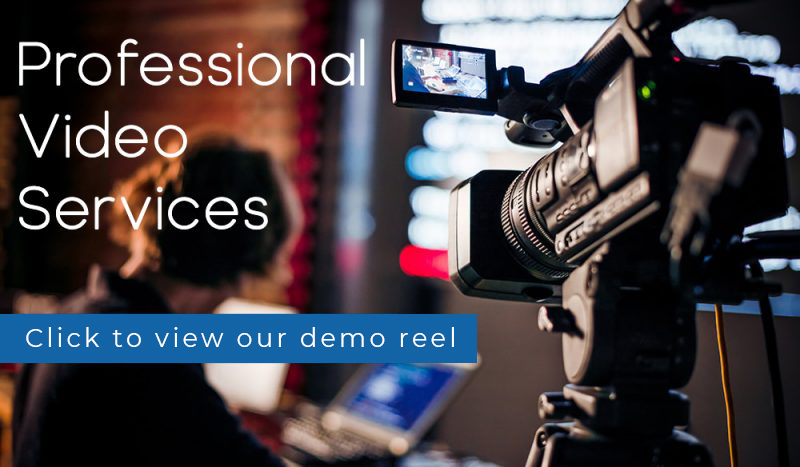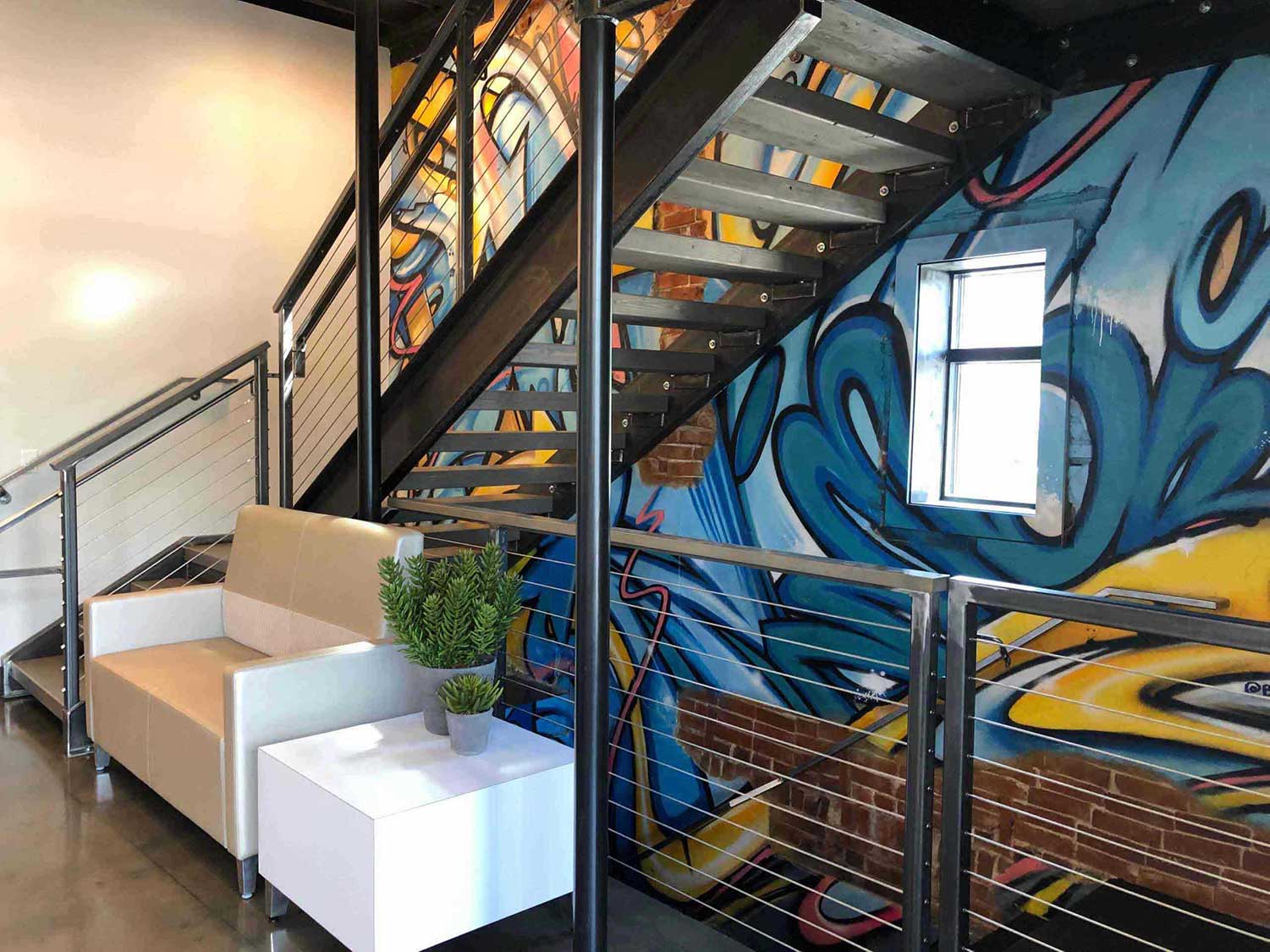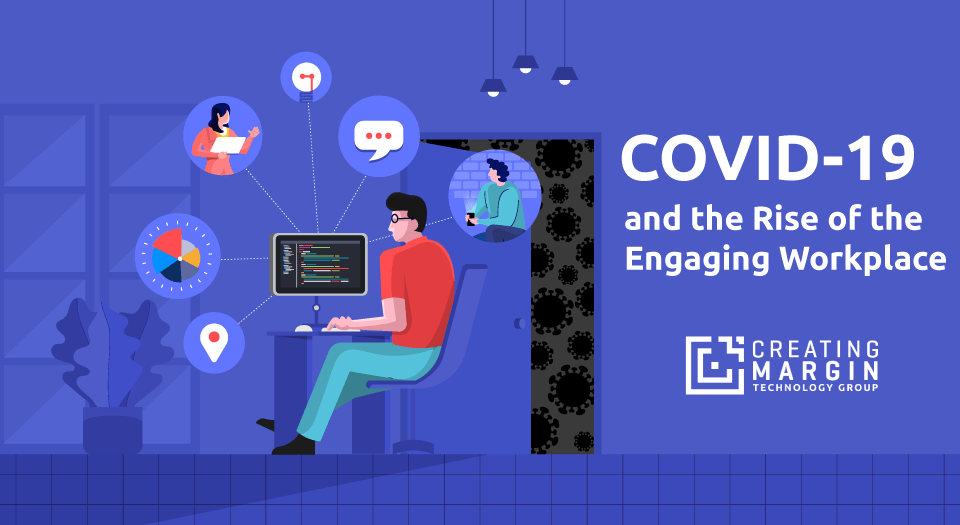New Year’s resolutions for Digital Signage content in 2016
While many in the digital signage content industry are focused on acquiring new customers to buy screens – an ever-shrinking group of those who have managed to avoid the technology (in vain!) – those of us in the content creation niche, are confident that our market will continue to expand. As we ring in the New Year and replace our calendars (isn’t it good to keep some things non-digital?), we’d like to suggest these New Year’s Resolutions for Digital Signage in 2016.
Come to Grips – Your Content Isn’t Getting Any Younger
One fact about content in our connected world is that once it’s put out there, it will be consumed and, as a result, date stamped. Try writing blogs – it’s a beast that must always be fed!
The same is true of videos, graphics, case studies, white papers. Once the content is released, we must move on to creating the next iteration of it. In short, content gets old – and fast. Digital signage content falls within that same realm.
Thus, as more companies add digital signage to their businesses, they start a timer for when new content will need to be developed. In our experience, this tends to be two to three years. While this isn’t new news to the sector, it should serve as a reminder that the budget should be set aside for content specifically. Then, hardware and software can remain fresh and add value through new content development.
Update Digital Signage by Updating your Website
In our work creating and optimizing digital signage content, we have often used our customers’ websites to guide the design conversation. A new trend has risen, where the same content can be sent to a website and to digital signage. Customers like to base designs for screens off of brand guidelines, and existing content. This works hand-in-hand with digital signage content.
Companies have realized that IT teams don’t update digital signage. Even though the company website content benefits, the digital signage content doesn’t. Instead, consolidate those internal content resources, and let one upload to the webserver update both digital signage and the website. With many customers opting for cloud-based digital signage systems, this is even easier to accomplish.
One caveat is that websites and signage tend to require different resolutions and file types for digital signage content. When considering parallel updates to websites and digital signage, make sure to do your homework. Consult with a company familiar with both digital signage systems and web development.
Don’t Go Interactive Unless You’re Replacing Somebody
This subtitle sounds a little extreme. The job market these days don’t appreciate it either! But, unless a digital sign is providing information that an employee could state, it won’t be used. People prefer personal contact when they need help. As a general rule, don’t implement an interactive screen unless you’re planning on having it significantly supplement a person on your staff.
Do your Front Desk staff spend a lot of time printing boarding passes for guests? Are people constantly asking how to get to their event space? Are you paying someone to throw away printed menus when you could make them digital and update them as often as you want? I offer these examples because they are a few of the applications of digital signage that tend to be the most valuable to users.
But, if you expect visitors to swipe their way through headline news on a 55-inch screen while reading detailed articles as people look on, we suggest re-evaluating your use case. Weather conditions and scrolling text messages are also funny. Catching the eye of a passerby is one thing, but these two overused digital signage content types rarely provide value to customers. Even if the information is regularly updated, the value will quickly grow fade. As with any technology, the driving force should be to improve customer service while containing costs. This is a fine balancing act indeed, but one that can ensure the success of your digital signage.
We see many examples of unused digital signage, with interactive kiosks at the top. Remember in Home Alone, when Kevin McCallister tells the story about the roller skates he never took out of the box? Don’t be “that guy” with digital signage that your customers don’t even need to use!
Let Your Desired Digital Signage Content Decrease the Cost of Software and Hardware
We’ve seen a lot of customers purchase software and hardware that is overkill for what they plan on doing with it. In a dream world, you would constantly update content, and screen functionality. But we find that few customers have the resources and/or focus to accomplish this.
Spend a little extra time finding a solution that provides functionality for what you want 90% of the time. You’ll end up saving a lot more than 10% on the software and hardware of your investment. Tools with all the bells and whistles can cost upwards of $2,000 for software (or $50/month hosted). Interactive hardware is just as much. Less expensive options provide software for free, a player at less than $500, and a non-interactive screen for less than $1,000. Don’t let the cost of digital signage scare you. Instead, determine how your content functions, and find software and hardware that can affordably make that happen.










